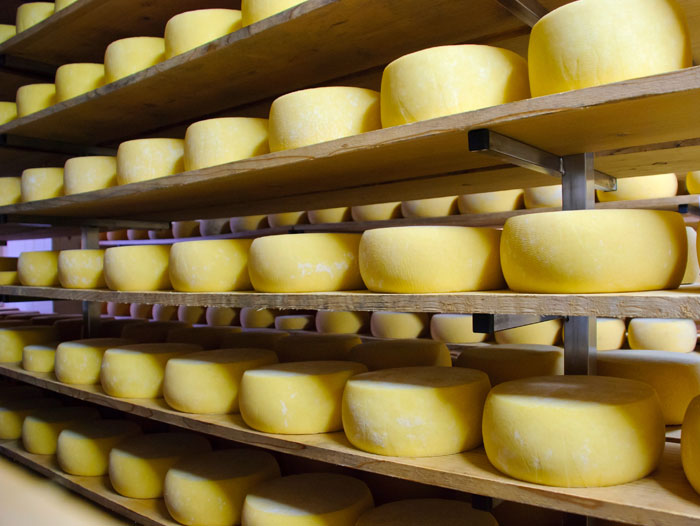The Reason São Jorge Cheese is So Rare
January 4, 2022 | 2 min to read

You’ve probably never heard of São Jorge, a 95 square mile volcanic island situated in the middle of the Atlantic Ocean where the cows outnumber human inhabitants. Part of what is known as the central group of the islands that make up the Portuguese archipelago called the Azores, São Jorge is known for producing its namesake cheese, which Business Insider describes as “one of the richest and most elaborate cheeses on earth.”
Cheesemaking has become integral to the island’s identity, practiced for more than 500 years. What makes São Jorge cheese so special? A number of factors contribute to its rareness, most notably its remote location and the fact that it’s made exclusively on the island, but soil and climate also play a significant role. The island is essentially a cow’s paradise, its volcanic geology producing rich and fertile soil where well-fed bovines happily free range graze on grasses all year long.
São Jorge cheese’s distinct richness of flavor derives from these ideal grazing conditions. After all, content cows make for some delectable cheese. But beyond just happy cows producing high quality milk, there is a special process by which São Jorge cheese is made, which has earned it designation of protected origin status (D.O.P.). In fact, according to “The Complete Idiot’s Guide to Cheeses of the World,” it was one of “the first five cheeses to be given such protection” by the Portuguese government.
To read the rest of the story, please go to: Mashed
